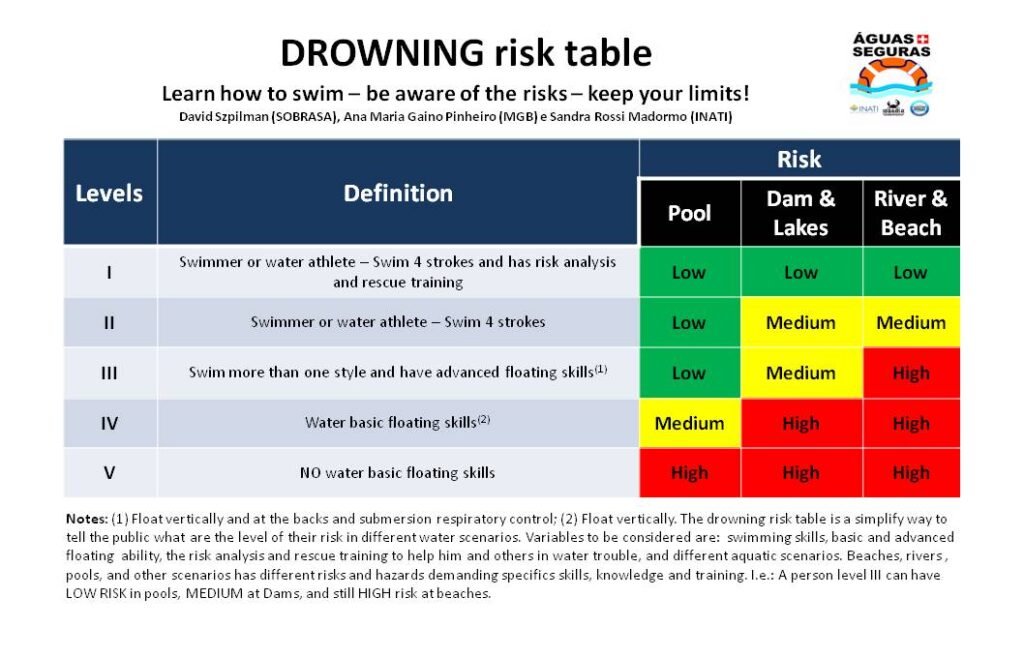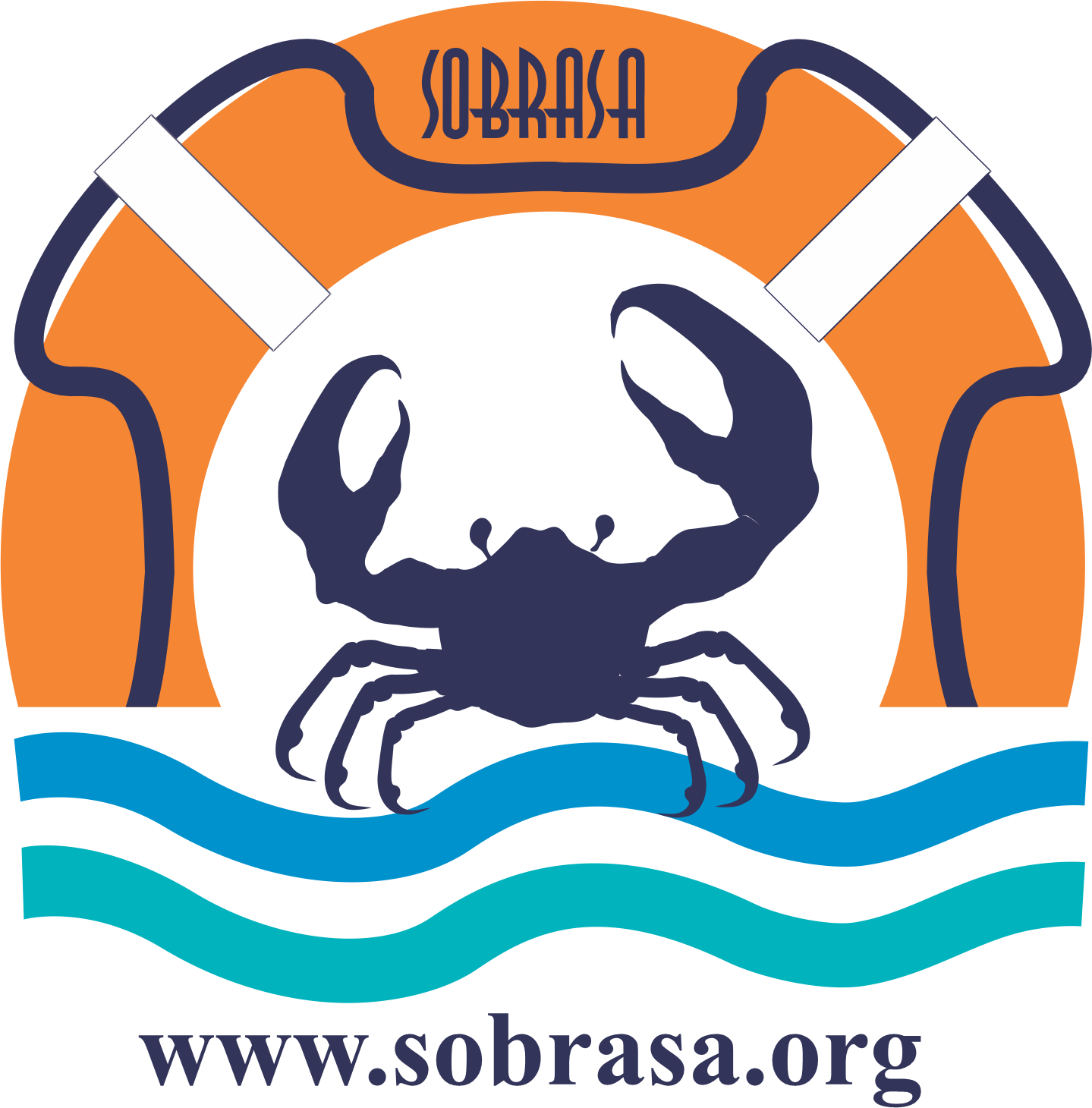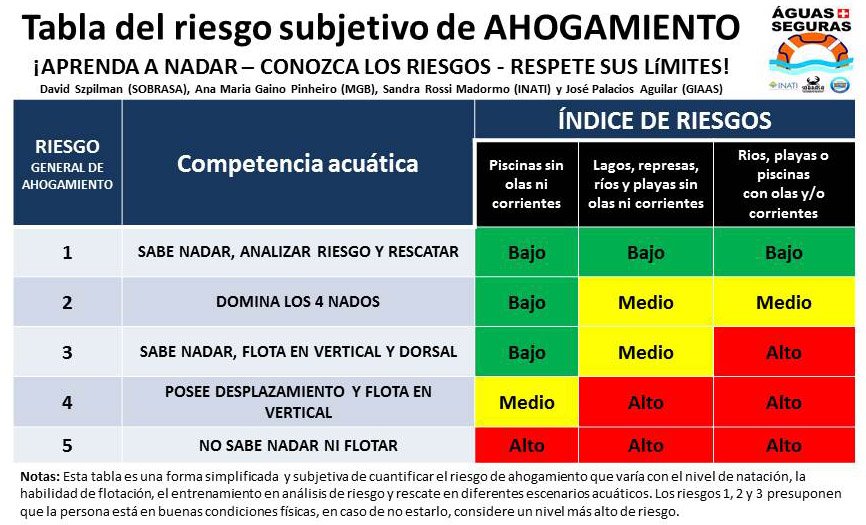Risco de Afogamento

A high level of swimming can be a protective factor against drowning, however, this relationship has not yet been empirically demonstrated, based on water competence level and aquatic environment.
This study designed a drowning risk matrix based on the probabilistic analysis of a questionnaire answered by 3,181 participants. The occurrence of Aquatic Stress/Distress (EDA) was analysed based on 5 skill levels and three aquatic scenarios: a) Pool without waves or currents, b) Lakes, reservoirs, rivers and beaches without waves or currents, c) Rivers, beaches or pools with waves and/or currents. The results were expressed in Odds Ratio (OR). EDA risk exceeded OR of 25 in the most dangerous environment and increased for all scenarios as aquatic competition worsened. Three out of four swimmers have suffered from EDA and this event could have been an incentive to improve their water competence.
KEY WORDS: aquatic stress/distress; drowning; risk analysis; water safety; swim.
Szpilman, D.; Gaino Pinheiro, A.M.; Madormo, S.; Palacios-Aguilar, J.; Otero-Agra, M.; Blitvich, J. y Barcala-Furelos, R. (2020). Analysis of the Drowning Risk Associated with Aquatic Environment and Swimming Ability. Revista Internacional de Medicina y Ciencias de la Actividad Física y el Deporte vol. [análisis del riesgo de ahogamiento asociado al entorno acuático y competencia natatoria]. November 2020. Rev.int.med.cienc.act.fis.deporte nº 88.
English

Un alto nivel de natación puede ser un factor protector ante el ahogamiento, sin embargo, esta relación todavía no ha sido empíricamente demostrada, en base al nivel de habilidad y entorno acuático.
Este estudio diseñó una matriz de riesgo de ahogamiento en base al análisis probabilístico de un cuestionario respondido por 3.181 participantes. Se analizó la ocurrencia de Estrés/Distrés acuático (EDA) en base a 5 niveles de competencia y tres entornos acuáticos: a) Piscina sin olas ni corrientes, b) Lagos, embalses, ríos y playas sin olas ni corrientes, c) Ríos, playas o piscinas con olas y/o corrientes. Los resultados se expresaron en Odds Ratio (OR). El riesgo de EDA superó el OR de 25 en el entorno más peligroso y se incrementó para todos los escenarios conforme la competencia acuática era peor. Tres de cada cuatro nadadores han sufrido EDA y este evento pudo ser un incentivo para mejorar sus competencias acuáticas.
PALABRAS CLAVE: habilidad natatoria, ahogamiento; análisis de riesgo; seguridad acuática; estrés/distrés acuático.





